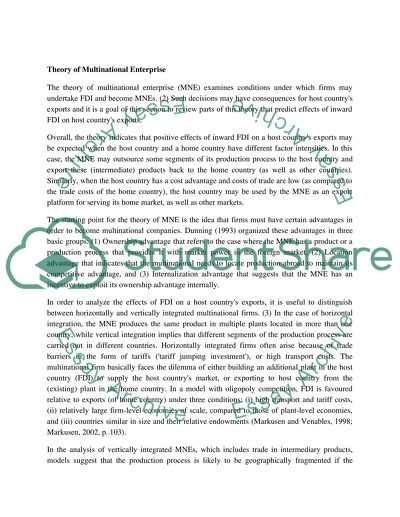Cite this document
(“Was FDI Inflows a Significant Determinant of Export Growth in 12 CEE Research Paper”, n.d.)
Was FDI Inflows a Significant Determinant of Export Growth in 12 CEE Research Paper. Retrieved from https://studentshare.org/macro-microeconomics/1509050-foreign-direct-investment-essay
Was FDI Inflows a Significant Determinant of Export Growth in 12 CEE Research Paper. Retrieved from https://studentshare.org/macro-microeconomics/1509050-foreign-direct-investment-essay
(Was FDI Inflows a Significant Determinant of Export Growth in 12 CEE Research Paper)
Was FDI Inflows a Significant Determinant of Export Growth in 12 CEE Research Paper. https://studentshare.org/macro-microeconomics/1509050-foreign-direct-investment-essay.
Was FDI Inflows a Significant Determinant of Export Growth in 12 CEE Research Paper. https://studentshare.org/macro-microeconomics/1509050-foreign-direct-investment-essay.
“Was FDI Inflows a Significant Determinant of Export Growth in 12 CEE Research Paper”, n.d. https://studentshare.org/macro-microeconomics/1509050-foreign-direct-investment-essay.


